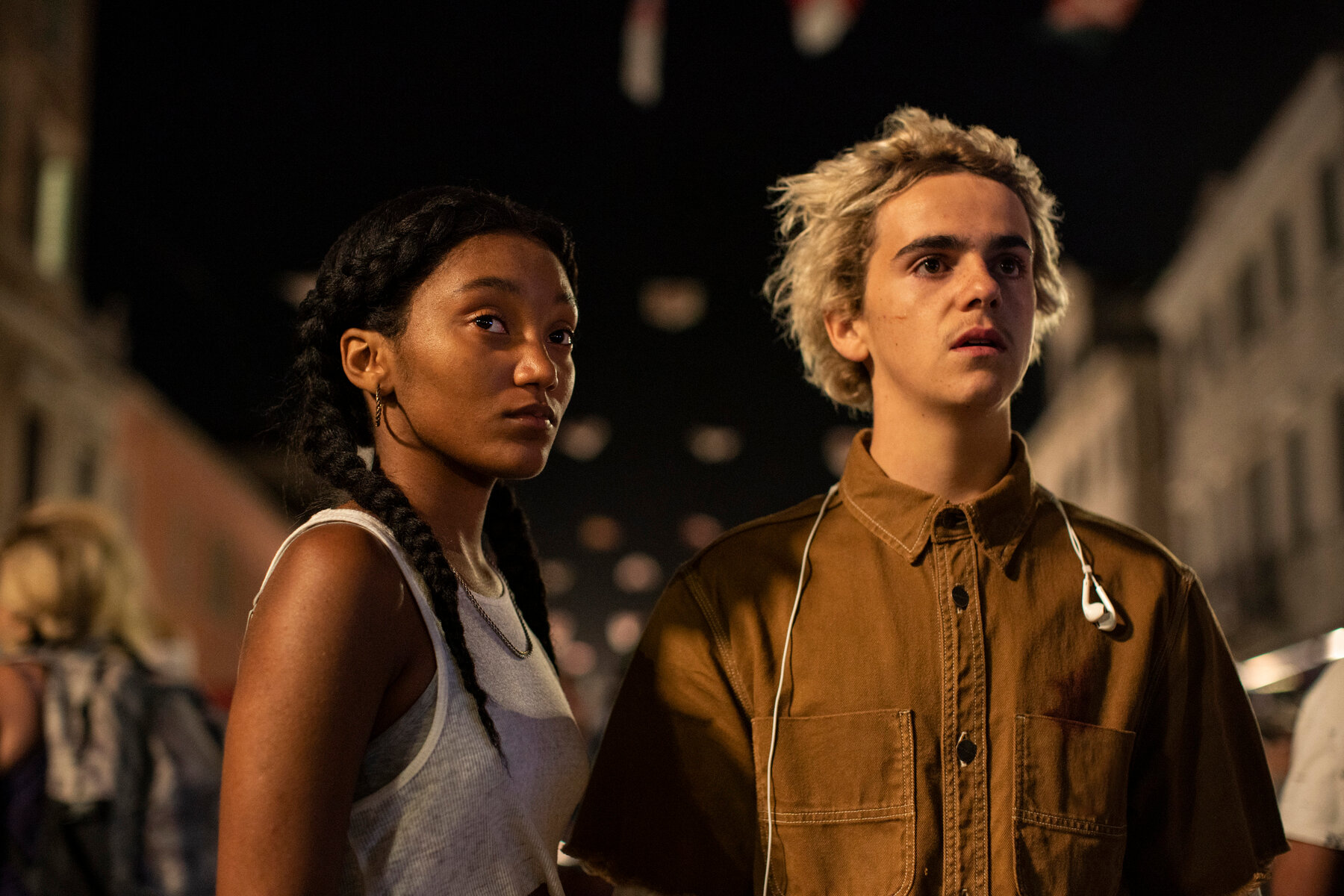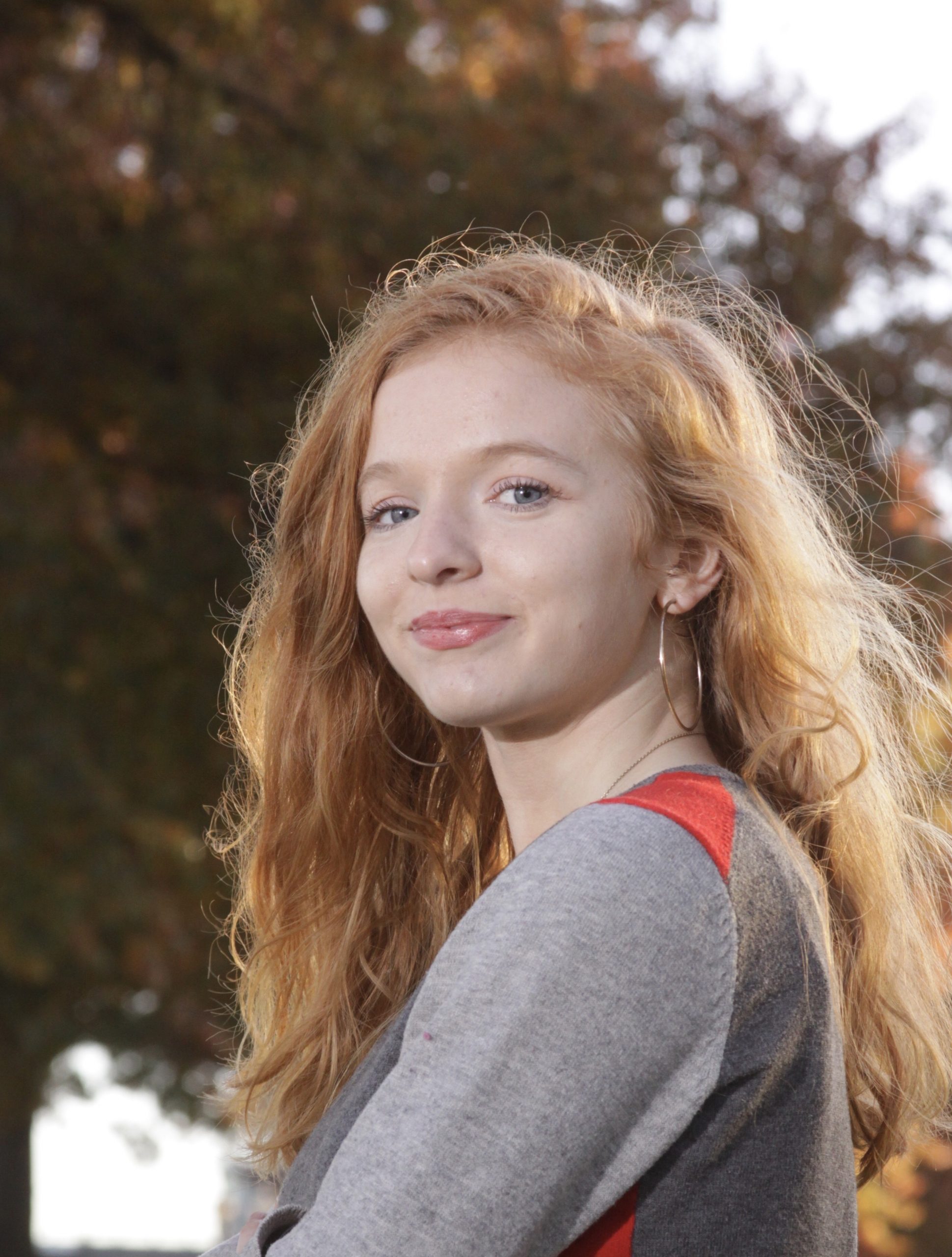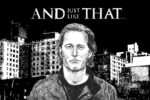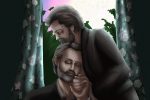Created by the Academy Award-winning “Call Me By Your Name” director Luca Guadagnino, the new HBO miniseries “We Are Who We Are” follows two teen protagonists, Caitlin and Fraser, who live on an American military base in Italy a few weeks before the 2016 election. While Caitlin confronts her identity, wanting to be more masculine than feminine in a traditional household, Fraser — who moves from New York City with his two moms — shows her the possibilities of gender, fashion and music. “We Are Who We Are” is an iconic series that will surely spark conversation about how labels and identity should no longer be something that constrains.
From the very first second on screen, opening with a slow closing-in shot of Fraser, “We Are Who We Are” conveys a sense of intimacy. The beginning leads by curiosity, and piece by piece, transcends its subjectivity into a remarkable product of life; there are little edits, allowing the characters to evolve with the actors’ performances.
“I think ‘We Are Who We Are’ mostly is an immersive experience into the identity of people that I love to describe,” said Guadagnino in an interview with HBO about the creation of the series. Acclaimed for his specific style of uncut and often extended scenes, the director’s authentic style crafts a beautiful aesthetic for this particular subject matter.
Although the setting takes place in Italy, most of the characters are Americans living on the military base, allowing the opportunity for Guadagnino to show how cultures clash. While family is a huge component of the relationships played out on screen, especially Fraser’s toxic relationship with one of his mothers — who is the new commandment of the base — friendship is the dominant force. The teenagers can’t help but pretend to be adults once they leave their American bubble and travel elsewhere in Italy, where they are free to drink and be themselves. In Italian culture, they are no longer suppressed.
Even so, it is their limited experience and knowledge of the outside world that is their beautiful flaw. Like most estranged teenage friend groups, Caitlin’s friends begin to distance themselves once Fraser — who is outwardly strange and flamboyant in his choice of fashion, music and expression — befriends Caitlin. He sees her for who she is, and guides her toward who she wants to be, which scares her old friends, who are used to the standard of binary identity.
“When I first met Luca, I was so in awe of his way to exemplify an emotion, or a feeling,” said Zack Dylan Grazer, who plays Fraser.
While it’s obvious the show is about identity, it doesn’t give explicit commentary on the teenagers’ choices, whether good or bad. It doesn’t pass judgment on how the adults handle their own identity or relationships, either. Simply, Guadagnino moves the camera with each swell of emotion, providing wide shots when a character is reflecting on themselves, close-ups when a character has come to a realization, and tracking when the character is moving both literally and metaphorically. There are a few seven-minute-long scenes without dialogue, encompassing the whole of the character so that we can understand their brokenness.
“I think that more than the style of what makes Luca Guadagnino special and unique as a director is the fact that he is an architect, or a great designer of worlds,” said Lorenzo Mieli, the executive producer of the show. “He tried to create a world that should and actually feels like real. So loose, with no structure, but that actually contains and is built under a very, very strong structure.”
“For me, it’s really to let the camera be with these people, and let these people lead the camera, and the series,” said Guadagnino.
Likewise, the unbiased expression of the characters pushes its audience to overcome the labels society — specifically American society — has forced onto gender roles, traditions, nationalism, sexuality and art. Fraser gives Caitlin space to try on different versions of herself as she discovers who she wants to become, explaining the meaning of transgender and providing resources, encouraging her to ask out another girl, helping her cut her hair and dressing in a more masculine way. Similarly, the series gives space to the preconceived notions of identity, however confusing and uncertain it may seem at times. Confusing means there is room for growth, and even though someone’s identity may be unfamiliar to others, it doesn’t mean it is wrong or unwarranted.
The teenagers on screen are constantly evolving, liking one thing and hating it the next. But it isn’t until the seventh episode of the series that reality pushes them to choose their true selves when one of their friends in military service is killed off-base.
Although the outcome of the 2016 election is a subtle theme throughout the episodes, it’s the seventh episode that truly cuts through, making it clear that identity is an important part of the United States and is not always inclusive. Political figures are supposed to represent America, but even their “American identity” doesn’t always align with America’s diverse population composed of immigrants and LGBTQ+ people.
Even so, Guadagnino shows the raw reactions to the 2016 election and the death of the young soldier, showing that there are multiple ways people can cope with society’s faults. His choice to let his actors decide for themselves how their characters react is what truly makes “We Are Who We Are” boundless.
In one of HBO’s “Behind the Scenes” look at the show, Guadagnino tells Jordan Kristin Seamon, who plays Caitlin, “I don’t direct you now. You do it by yourself.”
It is not mere direction, but collaboration that sets the show apart from any other. While the characters in the show are discovering, so are the actors, forcing them to get out of their comfort zone so they can see the beauty on the other side of expectation.
“Everything is real, everything is real, everything is real. It’s about the discovery through that. And he wants to feel that it’s really genuine,” said Grazer.
For most high-end productions pulverized by Western society, “realness” is a rarity. The beauty of “We Are Who We Are” is that the plot can be messy, the characters are never the same twice and the ideas are at a constant discord. It’s beautiful because it’s not perfect, like the characters themselves — like identity itself.
Guadagnino refreshes the entertainment world of TV, giving people a safe space to discover their own identity, however many complicated layers there may be.
“You immerse yourself into these kind of fractured, real landscape of identities in a way that can not let you get off of the identity,” said Guadagnino, and it’s hard to disagree. “We Are Who We Are” challenges us to question society’s labels in an unforgettable way. Caitlin and Fraser become their pure selves, donning their complicated layers for free expression. “We Are Who We Are” teaches us that gender is not binary, nor is identity just one definition. Nothing’s whole — we’re all broken pieces, and that’s what makes us.

















